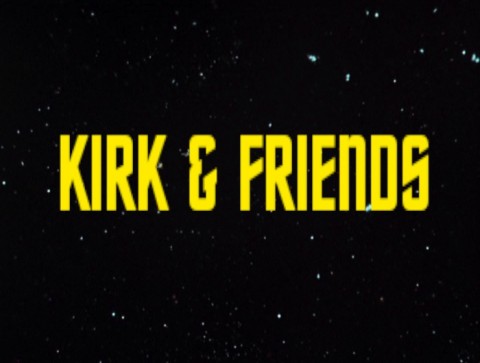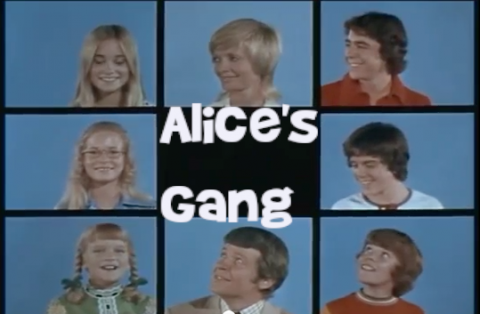-
The History of Television Syndication, Part I!
HAD I SEEN the Emmys last night it would have reminded me again of one of the greats of the small screen we recently lost – Andy Griffith. As a kid I watched “The Andy Griffith Show” at night and then tuned in for what I presumed was the same show during the day. Yet the daytime version was called “Andy of Mayberry.” I remember, too, back then, poring over the TV Guide, reading the names of other shows that seemed familiar, but just weren’t quite right.
Later I learned that the networks changed the titles to distinguish first run episodes from reruns. This makes perfect sense – most people back then were incredibly stupid and would have become confused and disoriented had they tuned in at, say, ten-thirty in the morning and seen a program by the same name with the same actors playing the same characters as one broadcast at nine at night. Those in charge were right to rename the shows; in doing so they evidently prevented widespread panic, a national economic meltdown and, likely, enormous loss of life.
Today, the practice is long gone – we’ve become more sophisticated as a viewing audience. So if, God willing, “Here Comes Honey Boo Boo” reaches that magic number of episodes needed for syndication, we can watch it under the same name during the day, between “The $25,000 Pyramid” and “Card Sharks.”
Just for posterity, I’ve done some research and compiled a list – by no means complete! – of some popular shows and what you might remember having known them as when they were first syndicated.
Above: A screen grab from the opening titles of the rarely seen, half-hour syndicated version “Star Trek,” retitled “Kirk & Friends,” which aired weekdays on NBC between “Concentration” and “The Pat Boone Show” in 1967.
Oh look, I found some more!
Some of them may seem a little awkward, but again, at the time, networks felt this was necessary to avoid confusion.
Above: Screen grab from syndicated “Brady Bunch,” retitled “Alice’s Gang.” Original title is black with white outline, while syndicated title is all white. Ironically, Ann B. Davis, who played the titular Alice, appears on-screen only after the title disappears, due to her location in center square.
More? As you wish.
Above: “Friends” syndicated title, briefly used when the series was initially syndicated in 2001 before it was decided that it was unnecessary and looked like something some jackass did by adding a line of text to a paused YouTube video. “Friends” was the last show to employ the “different syndicated title” practice before it was abandoned industry-wide, though likely not abandoned on this website where it had immediately been recognized as “an easy way of coming up with quick content.”
I’ve always been something of a student – and fan – of television history and discovering such little-known but admittedly fascinating minutia of all aspects of the television industry’s proud legacy is something I enjoy sharing with you, my readers.
Tomorrow: It gets wackier.
Ted Parsnips
?>








